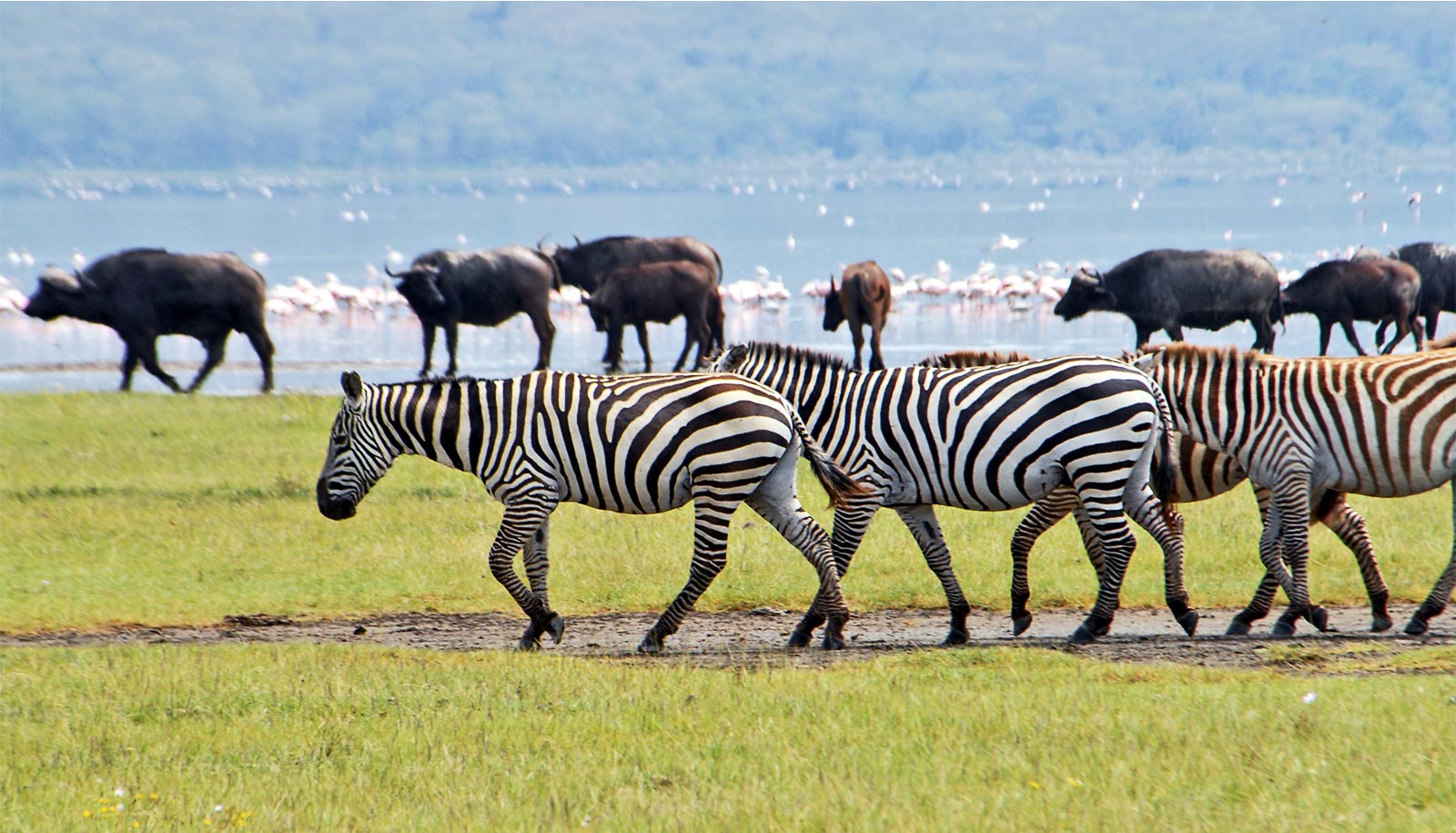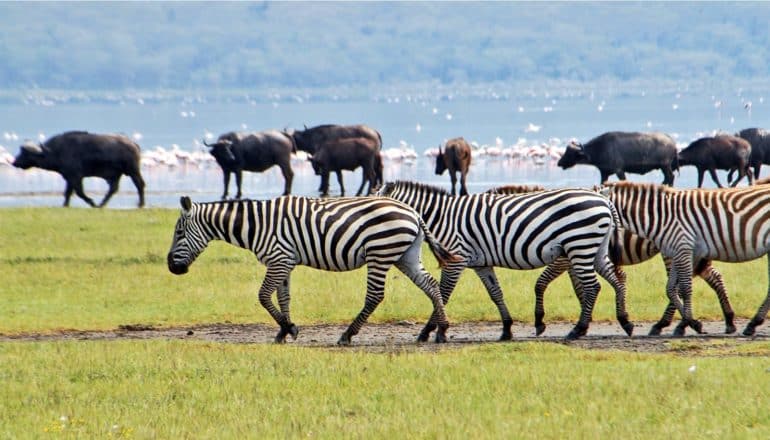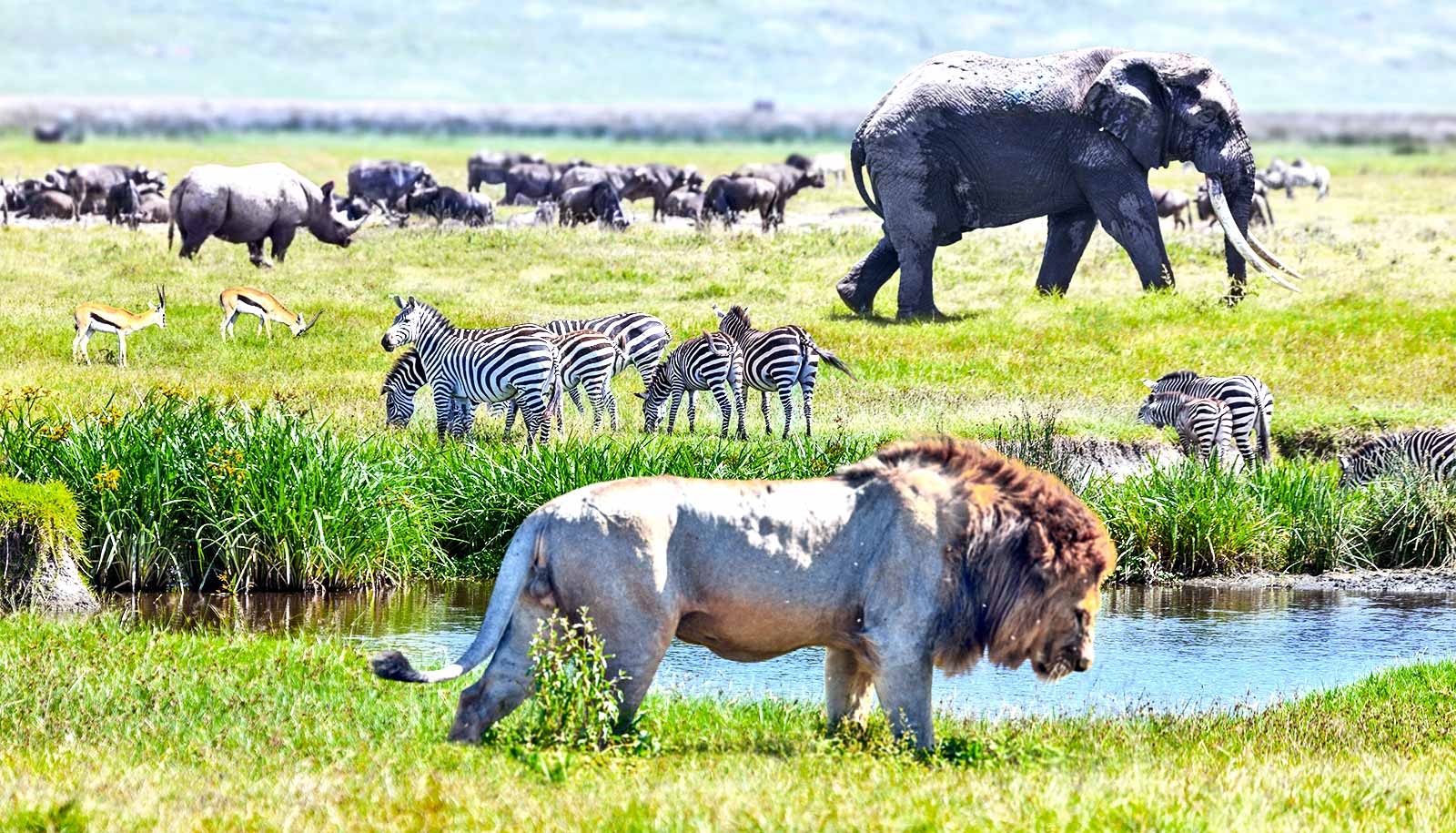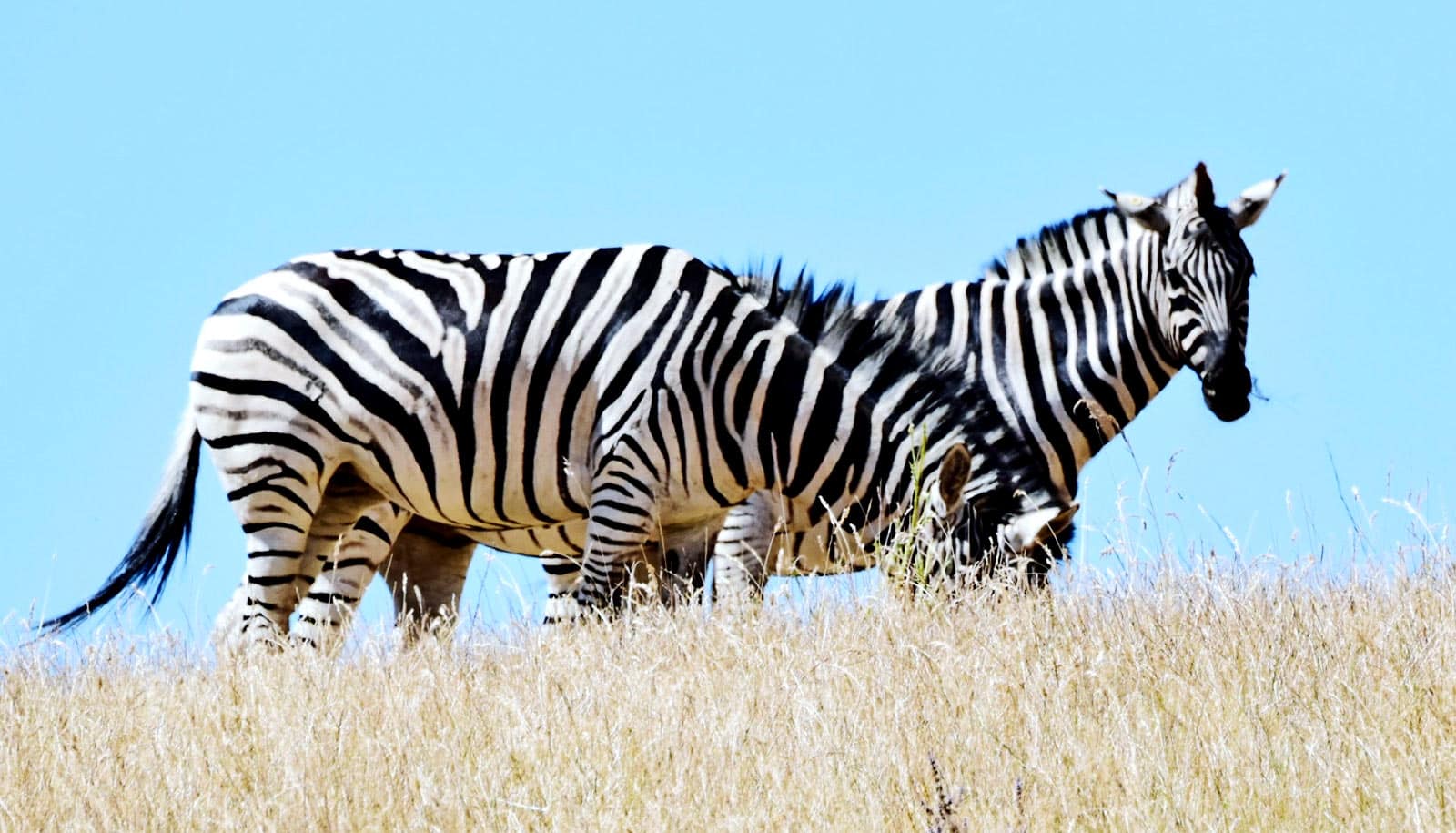
(Credit: GRID Arendal/Flickr )
New ecology theory describes ‘frenemy’ networks
"There's mounting evidence that different species pay attention to each other in the wild, especially if they share predators."

A new theory says social networking, even between competing species, plays a much bigger role in ecology than anyone previously thought.
“There’s mounting evidence that different species pay attention to each other in the wild, especially if they share predators,” says Mike Gil, a postdoctoral researcher at the University of California, Davis who is currently at the Institute of Marine Sciences at the University of California, Santa Cruz. “The theory of ecology has lagged behind.”
Gil and coauthors Marissa Basket, associate professor of environmental science and policy, and Sebastian Schreiber, professor of evolution and ecology, outline their new theory in the journal Ecology.
Gil wants to understand how populations interact with each other and change over time. Traditionally, ecologists have focused on competition between species for food and other resources.
“But we typically leave out the specifics of animal decision making and social behavior,” Gil says.
For example, gazelle, wildebeest, or zebra could cue in to the presence of a predator such as a lion by seeing other species react, using the “network” to keep themselves safe. The new model by Gil, Basket, and Schreiber is the first to take this kind of short-term information sharing into account at the population level.
“It completely changes the long-term dynamics of the system,” Gil says.
The effects are especially strong at low population densities, he says. When population density is high, the models show, competition between species is a stronger influence. Sheer numbers may also crowd out social cues.
The new theory could clear up some existing puzzles in ecology. For example, how do competing species coexist without one driving the other out? A bit of help through social interactions could help “frenemies” get along, Gil says.
Advances in technology—including cheaper cameras and sensors, and the computing power to manage large amounts of data—have made it easier than ever to study short-lived interactions between species in the wild, Gil says.
“We can collect data now that we could only dream about a decade ago,” he says. “It’s an exciting time to be a biologist.”
The National Science Foundation funded the work.
Source: UC Davis
The post New ecology theory describes ‘frenemy’ networks appeared first on Futurity.
Share this article:
This article uses material from the Futurity article, and is licenced under a CC BY-SA 4.0 International License. Images, videos and audio are available under their respective licenses.


